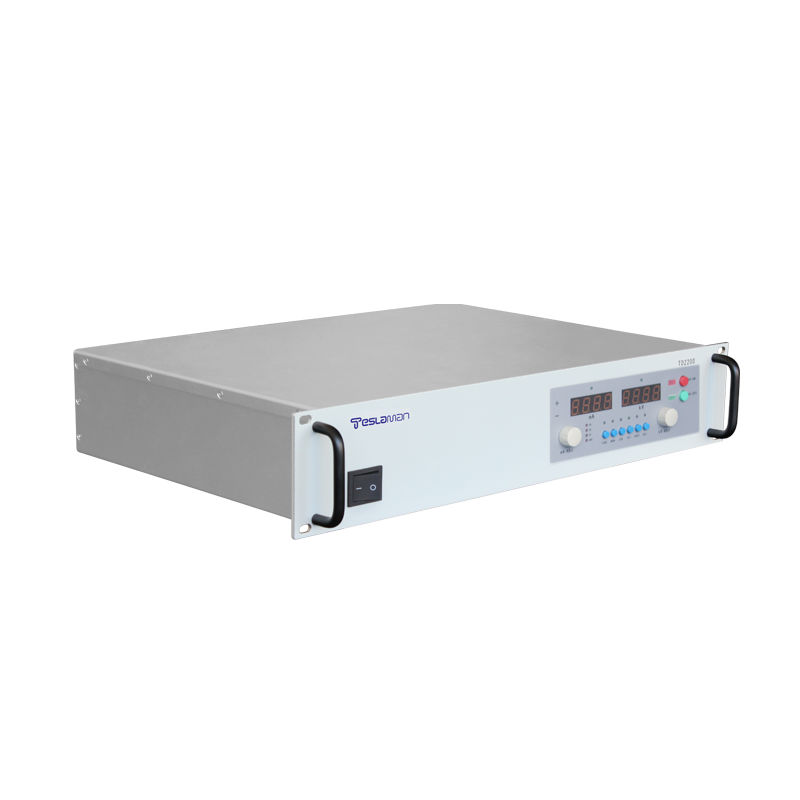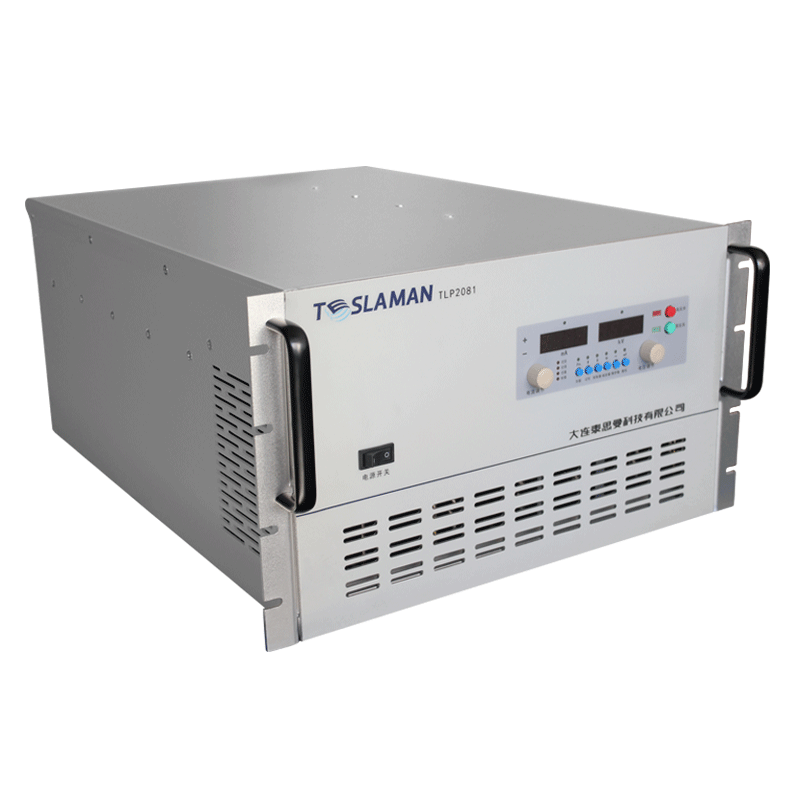Application of High-Voltage Pulse Power Supply in Industrial Electrical Systems
With the continuous innovation of industrial electrical systems, high-voltage pulse power supplies have become an important force in promoting industrial production upgrades due to their unique technical characteristics. The instantaneous high-voltage and high-current pulses generated by these power supplies bring new technological breakthroughs and application possibilities to multiple industrial fields.
In the field of material surface treatment, high-voltage pulse power supplies play a crucial role. Traditional surface treatment technologies have limitations when dealing with materials of complex shapes or achieving high-precision modifications. The pulsed electric field generated by high-voltage pulse power supplies can cause physical and chemical changes on the material surface in an extremely short time. For example, through the electro-pulse deposition technology, a dense and strongly bonded coating can be rapidly formed on the material surface, significantly enhancing the wear resistance, corrosion resistance, and oxidation resistance of the material. This technology is widely used in the surface treatment of mechanical components, molds, etc., extending product service life and reducing maintenance costs.
In material processing, high-voltage pulse power supplies also demonstrate unique advantages. In the field of electrical machining, high-voltage pulse power supplies can provide instantaneous high-energy pulses for electric discharge machining, generating instant high temperatures between the electrode and the workpiece to achieve material erosion machining. Compared with traditional processing methods, this method offers higher precision and can machine complex geometric shapes and microstructures, making it of great application value in precision mold manufacturing, aerospace component processing, and other fields. Additionally, in plasma processing, the pulse signals generated by high-voltage pulse power supplies can be used to excite gases to form plasma. The high energy of the plasma can be utilized for cutting, etching, and surface modification of materials, with high processing efficiency and stable quality.
In environmental protection fields such as sewage treatment, high-voltage pulse power supplies are equally indispensable. The high-voltage pulses they generate can create strong electric fields and shockwaves in water bodies, destroying the cellular structures of microorganisms such as bacteria and viruses to achieve efficient sterilization and disinfection. At the same time, high-voltage pulses can also promote the decomposition of organic pollutants in water, improving sewage treatment efficiency. Compared with traditional chemical treatment methods, the sewage treatment technology based on high-voltage pulse power supplies is more environmentally friendly and does not produce secondary pollution, meeting the requirements of sustainable development.
However, the application of high-voltage pulse power supplies in industrial electrical systems also faces some challenges, such as the precise control of pulse waveforms and the reliability and stability of equipment. In the future, with the continuous advancement of power electronics technology, by optimizing the power supply topology, adopting new power devices, and intelligent control algorithms, high-voltage pulse power supplies will play an even greater role in industrial electrical systems, providing strong support for the intelligent and green development of industrial production.




















